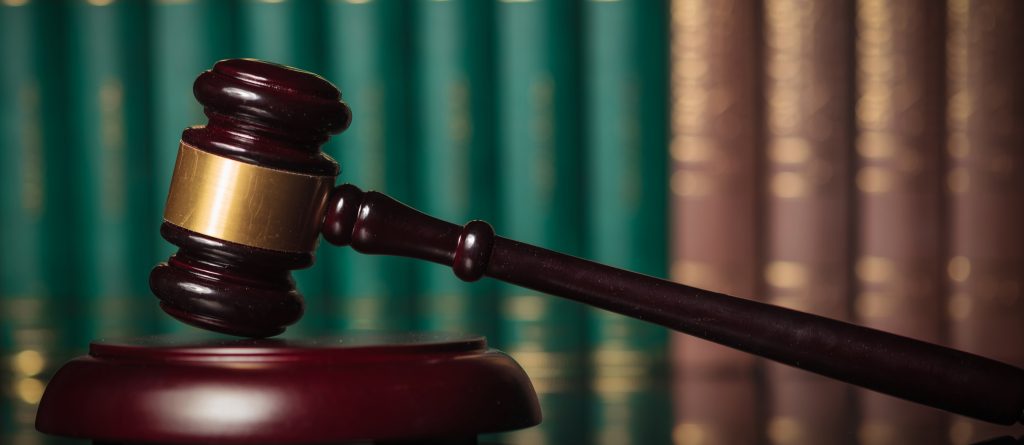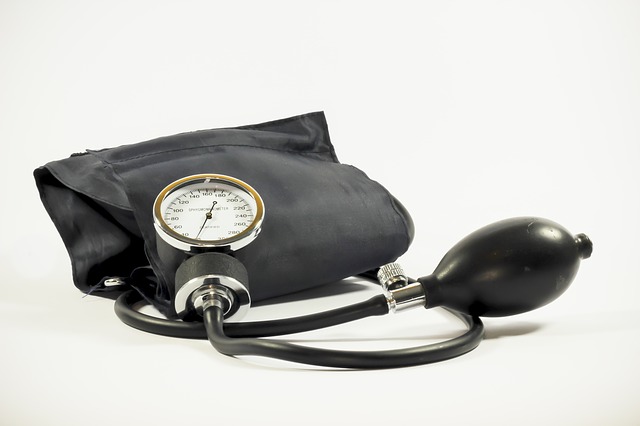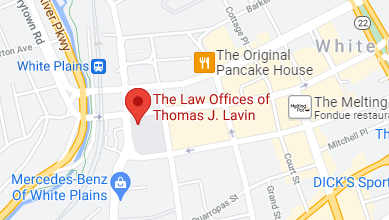If a negligent driver injures you in traffic in New York, you are entitled to compensation for your medical bills and lost wages. But what if you’re partially to blame for the accident? Can you still be compensated? In that case, you’ll need to be represented by a Bronx personal injury attorney.
The most common type of personal injury claim in New York is a claim of negligence – a claim that one person’s negligence is the reason why another person was injured.
Negligence is a complicated and often confusing aspect of personal injury law. Generally speaking, negligence is what happens when someone is careless in a way that causes harm or injury to someone else – a failure to act with care when you owe another person a “duty of care.”
What is a Duty of Care?
Supermarkets, for example, have a duty of care to their customers to keep the floors dry and safe. If you slip and fall on a slick floor and injure yourself because someone spilled a liquid and because the store failed to clean it up promptly, you may have an injury claim against the store.
Whenever someone is injured, it’s almost always because someone else was careless. Whether it’s a traffic injury, a slip-and-fall injury at a restaurant or a supermarket, or a dog bite injury on your own block, the key legal question after any accident with injuries is “Who was at fault?”
It’s quite common in personal injury cases for defendants to insist that a plaintiff had at least partial responsibility for his or her own injuries. In some states, if an injury victim has any share of the responsibility for an accident, that victim cannot recover damages.
How Does “Comparative Negligence” Work?
The law in New York, however, is the comparative negligence rule. Here is how it works:
Let’s say that you are driving in New York and speeding five to seven miles per hour over the posted speed limit. Then, while you are moving through a green traffic signal, an intoxicated driver moving at forty miles per hour over the posted limit slams his or her vehicle into yours.
Furthermore, let’s say that you choose to seek compensation, and you sue the other driver for your damages, which amount to $100,000. When a jury considers your case, it may decide that because you were speeding, you have ten percent of the responsibility for the collision.
In some states, you wouldn’t be allowed to sue for damages, but under New York’s comparative negligence rule, if the other driver is ninety percent responsible for the accident – and for your personal injury or injuries – that driver must pay ninety percent of your damages, or $90,000.
What if You Are the Party Mostly at Fault?
Even if you were fifty-one percent at fault for the accident, you would still be entitled to $49,000 in damages. Unlike many states, New York lets injury victims recover damages even if their portion of the fault for an accident surpasses fifty percent.
If you are involved in a traffic crash or any other accident that leads to a personal injury trial, you should know that judges and jurors in New York are legally bound by the state’s comparative negligence rule, which also binds automobile insurance claims adjusters in this state.
When An Accident Happens, Take These Steps
After any accident with injuries in New York, these are the steps that you need to take:
1. Seek or summon medical help at once.
2. If it’s a vehicle accident, or if a law was broken, summon the police.
3. Take photos of the accident site, your own injuries, and the vehicle damages if it’s a vehicle accident.
4. If witnesses saw the accident, try to obtain their names and contact information.
5. If it’s a vehicle accident, exchange contact and insurance details with the other driver or drivers.
6. After you have been seen by a medical professional, contact a New York personal injury lawyer promptly.
What if You Are the Person Being Sued?
New York’s comparative negligence law makes it possible for more of the injured victims of negligence to recover compensation, but it also makes personal injury cases in this state more complicated legally than similar cases in most other states.
If you have any share of the responsibility for an accident, particularly a vehicle accident, while you are seeking compensation from the other party, that other party may also be seeking compensation from you.
In this circumstance, if you are accused of negligence, your own automobile insurer will try to negotiate an out-of-court settlement of the other party’s claim, but if a settlement cannot be achieved, your insurance company’s attorneys will represent you at a personal injury trial.
If someone else’s injury claim prevails against you in a traffic case, you will probably pay more in the future for automobile insurance. You can’t know what tomorrow may bring, so for now, it is a good idea to buy auto insurance that exceeds New York’s minimum legal requirements.
What Are You Entitled to as a Victim of Negligence?
But when another motorist is one hundred percent at fault for causing an accident and for causing your injuries, you are entitled by New York law to have that motorist’s auto insurance company compensate you fully for your medical costs, your lost wages, and your other losses.
In such cases, you must have the right Bronx personal injury attorney investigate the details of the accident and your injury, gather and examine the evidence, question any witnesses, negotiate for the settlement you need and deserve, and take your case to trial if necessary.
Is There a Time Limit for Taking Legal Action?
In New York, the statute of limitations for most personal injury cases gives a victim of negligence three years from the date of the injury to file an injury claim seeking damages. But you can’t wait three years – don’t even wait three weeks – to discuss your case with an attorney.
In that time, evidence will deteriorate or disappear, and the memories of witnesses will have faded. Instead, arrange to meet with a New York personal injury attorney as soon as you’ve been examined by a healthcare professional – while the evidence and memories are still fresh.
Your first consultation with an injury attorney is free, with no obligation. If you and your attorney move forward with an injury claim, you will pay no attorney’s fee until and unless your attorney obtains the compensation – as well as the justice – that you need and deserve.










